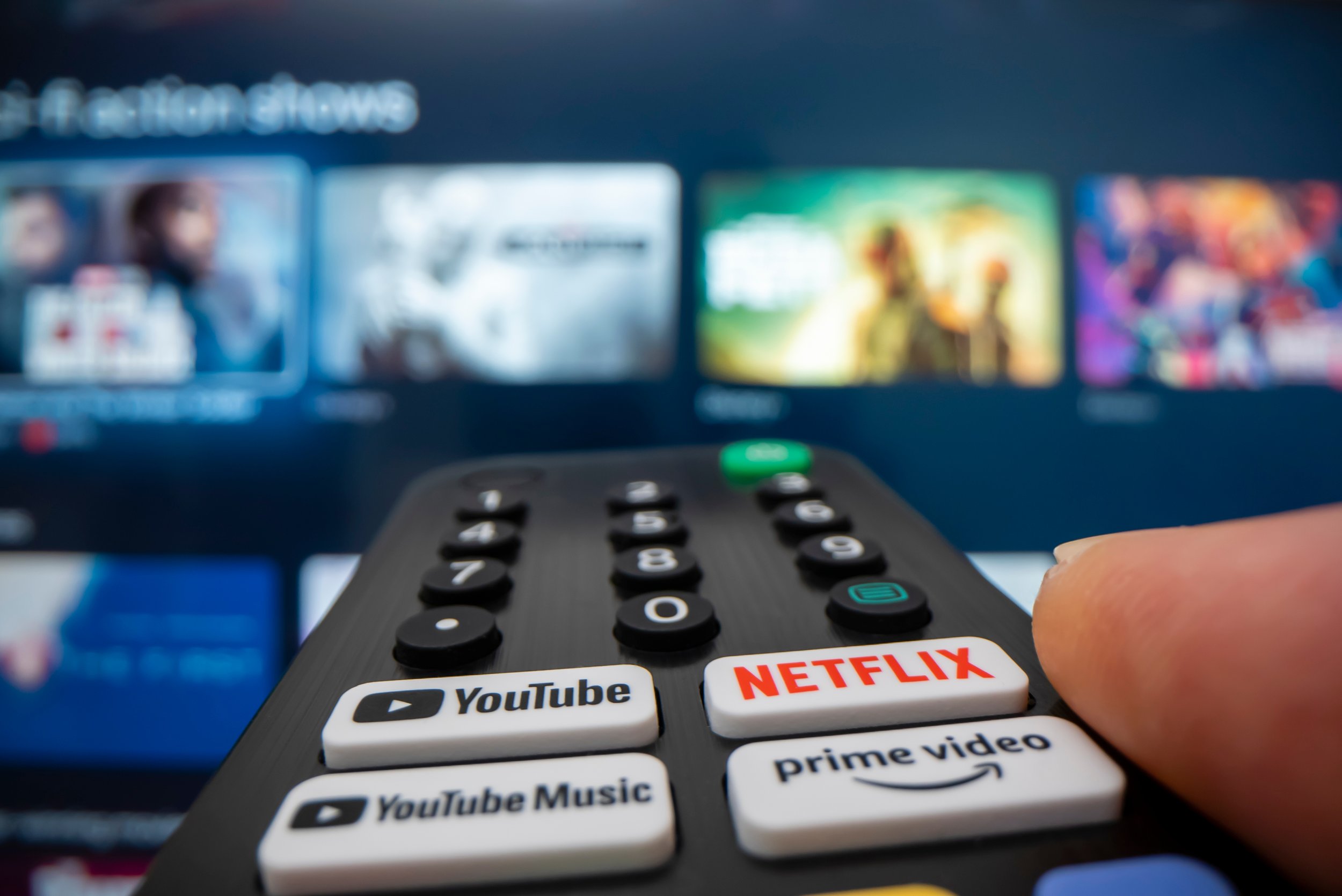CTV and the Digital Upfront- How it going, and where it started
Photo: Adobe
The Upfront in Digital Advertising is constantly changing and evolving. If you are unsure of what the Upfront is, check out “The Upfront- What is it, and where did it come from?”.
Traditionally, the TV Networks had all the power when it comes to advertising, so they had the upper hand in controlling pricing and upfront deal terms. There were fewer players in the market to choose from when it came to video advertising, and “The Big 3” Broadcast TV Networks- CBS, ABC, and NBC- took the crown for the largest amount of viewership. Remember that advertising in any form is all about having eyeballs and viewership, and the value in your content is being able to reach people and specific audiences.
With the shift to Digital Streaming and the conversion from traditional Cable and Linear TV to Digital Streaming TV, the video advertising marketplace has changed and is very crowded. There are many players in the Digital Advertising space that stream video, so the options for advertisers to choose from are less limited, and there are infinite options to advertise using video. Back in the day, if you wanted to guarantee that your product was seen in video form, you had to buy a TV ad. Now, you can purchase a streaming video ads on social media through Facebook, Twitter, Instagram, and Tik Tok. You can also use a video ad network such as Google Ads or Amazon Ads to purchase cost efficient streaming video that still reaches your intended audience. And audio partners such as Spotify and iHeart Radio have streaming video ad options. There are now so many ways to reach your audience using video outside of the TV screen, so this has changed the traditional TV Network’s power in the video advertising market.
Many traditional TV Networks are used to spending big dollars on content because they could almost always guarantee that they would make a profit from Advertising spend. In the new, evolving Digital Advertising market- everything is consistently changing and there are many options to advertise which wasn’t the case back in the day, so there is less certainty in guaranteeing or projecting Advertising Spend.
Given that the market is now a buyer’s market, the media buyers with big budgets now have the power- where as before, the TV Networks had the power given that there were limited options. Given this power shift, Advertisers are now demanding more efficiencies and flexibility in the Upfront. Moving forward, traditional TV Networks are tasked with proving their value more than ever before in order to secure those Upfront dollars, and this challenge will become increasingly challenging as the Digital Advertising landscape continues to evolve.
